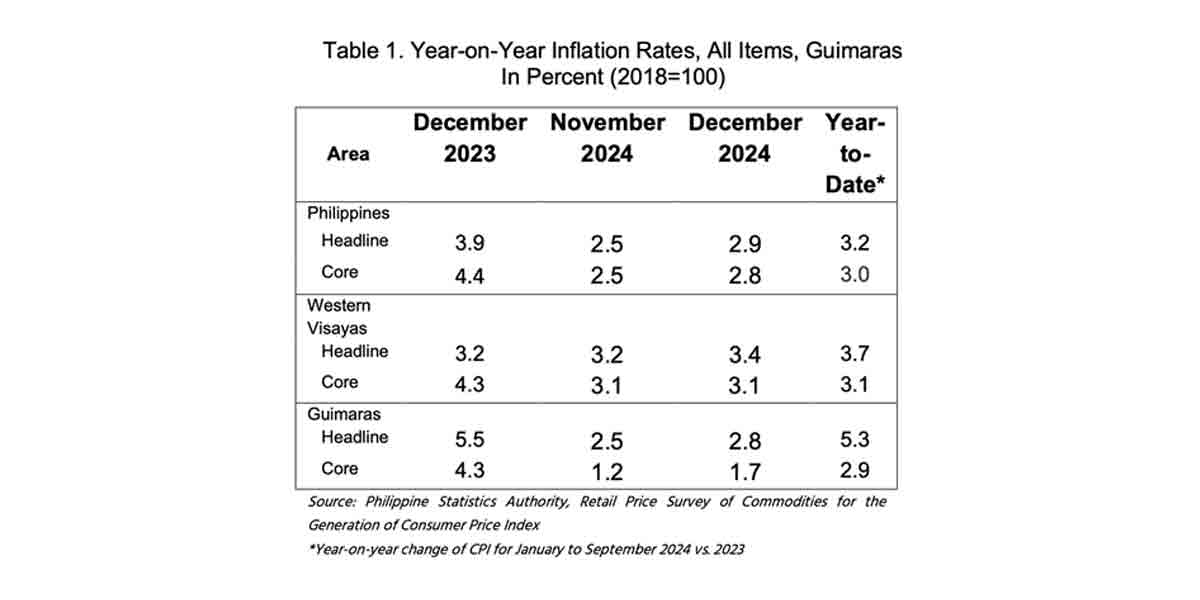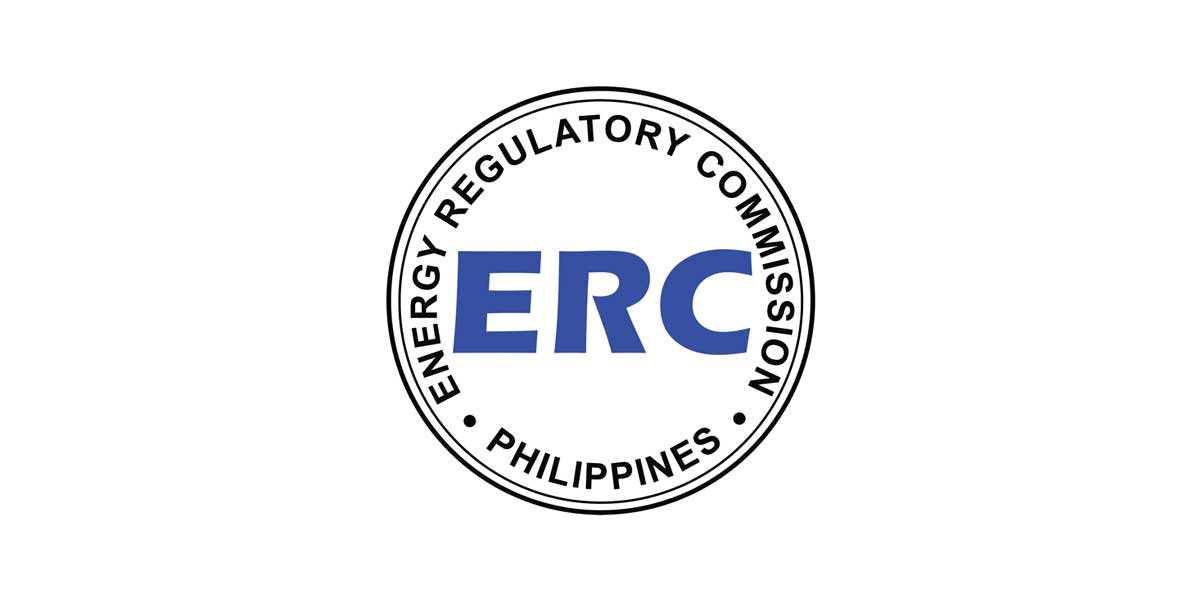 By Atty. Eduardo T. Reyes III
By Atty. Eduardo T. Reyes III
If “the eyes are the window to the soul”, as the aphorism goes, then perhaps it may be said that the windows are the eyes for the soul to see the world outside (or to pry into the neighbor’s property). And with CCTV cameras becoming ubiquitous, then a third eye can now make a hawkish scouring of the surrounding neighborhood as well.
Controversy had erupted in France the past week over a proposed law prohibiting the publishing of photographs of police. This came on the heels of a viral video where the police were caught in a CCTV footage beating and racially abusing a black person. Civil libertarians are in vociferous protest against the would-be law as it could keep police abuses under wraps.
In a country like the Philippines where the favorite pastime aside from street basketball is watching telenovela (or Koreanovela) and gossiping or rumor-mongering, issues of privacy often clash with the right to know and the right to view a scene, a place or an event.
Where does the law draw the line that separates lawful exercise of the right to know and to look or take a view, from unlawful invasion of privacy rights?
Jurisprudence applies the so-called “reasonable expectation of privacy test” or the gauge that is used to determine whether there is a violation of the right to privacy. In SPOUSES BILL AND VICTORIA HING v. ALEXANDER CHOACHUY, SR. and ALLAN CHOACHUY, G.R. No.179736 June 26, 2013, the Supreme Court explained this test in this fashion:
“In ascertaining whether there is a violation of the right to privacy, courts use the “reasonable expectation of privacy” test. This test determines whether a person has a reasonable expectation of privacy and whether the expectation has been violated. In Ople v. Torres, we enunciated that “the reasonableness of a person’s expectation of privacy depends on a two-part test: (1) whether, by his conduct, the individual has exhibited an expectation of privacy; and (2) this expectation is one that society recognizes as reasonable.” Customs, community norms, and practices may, therefore, limit or extend an individual’s “reasonable expectation of privacy.” Hence, the reasonableness of a person’s expectation of privacy must be determined on a case-to-case basis since it depends on the factual circumstances surrounding the case.
In this day and age, video surveillance cameras are installed practically everywhere for the protection and safety of everyone. The installation of these cameras, however, should not cover places where there is reasonable expectation of privacy, unless the consent of the individual, whose right to privacy would be affected, was obtained. Nor should these cameras be used to pry into the privacy of another’s residence or business office as it would be no different from eavesdropping, which is a crime under Republic Act No. 4200 or the Anti-Wiretapping Law. (Emphasis supplied, citations omitted).
Applying this test to daily life occurrences, the act of installing as many CCTV cameras within one’s property, office or business for security or surveilling purposes is well-within a property owner’s right. However, when the CCTVs are panned toward the neighbor’s compound, let alone in certain areas of a house, office or place of business, like dressing rooms, restrooms or even lounge areas where there is a “reasonable expectation of privacy”, then the act of installing these cameras can be deemed an unlawful invasion of privacy rights. And may even be punishable criminally under Republic Act 4200 or the “Anti-Wiretapping Act”.
The same is true with a property owner’s most benign act of opening a window on the wall of his/ her own house either for the purpose of merely admitting light and ventilation or to take a view. When such affords him/ her a direct view towards a neighboring estate, the law requires a distance of at least two (2) meters from the neighbor’s property line. If the window is designed to only give the property owner an oblique or indirect view, then the distance shall be sixty (60) centimeters.
This is enunciated in Article 670 of the Civil Code which provides that:
“Article 670, New Civil Code. No windows, apertures, balconies, or other similar projections which afford a direct view upon or towards an adjoining land or tenement can be made, without leaving a distance of two meters between the wall in which they are made and such contiguous property.
Neither can side or oblique views upon or towards such conterminous property be had, unless there be a distance of sixty centimeters.
The non-observance of these distances does not give rise to prescription.”
The right to permit light into one’s home can be traced all the way back to common law since time immemorial which was then known as “the right to ancient light”.
These healthy distances that the present law prescribe are for a good reason. The human soul is continually seeking enlightenment, both literally and metaphorically, and to see the world outside is its ardent longing. But a strong injunction must be issued as a friendly reminder to tread carefully in forays that peer into the neighbor’s privacy and unnecessarily trammel upon his/ her property rights.
Perhaps a stricter adherence to the conventional wisdom that says “strong fences make good neighbors” would be a good guiding principle for each one to live by.
(The author is the senior partner of ET Reyes III & Associates- a law firm based in Iloilo City. He is a litigation attorney, a law professor and a law book author. His website is etriiilaw.com).





















